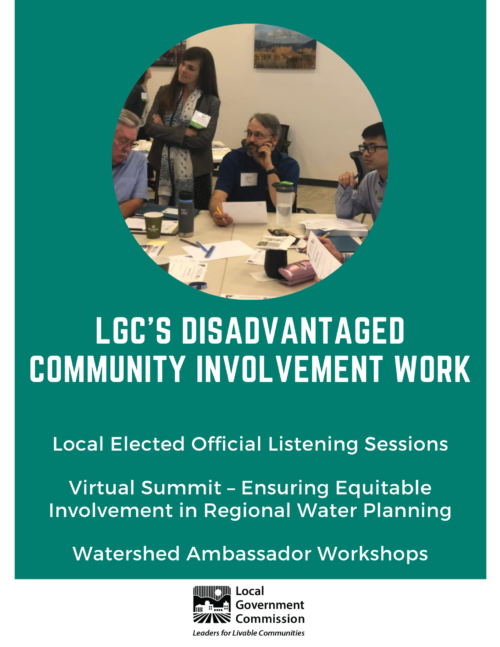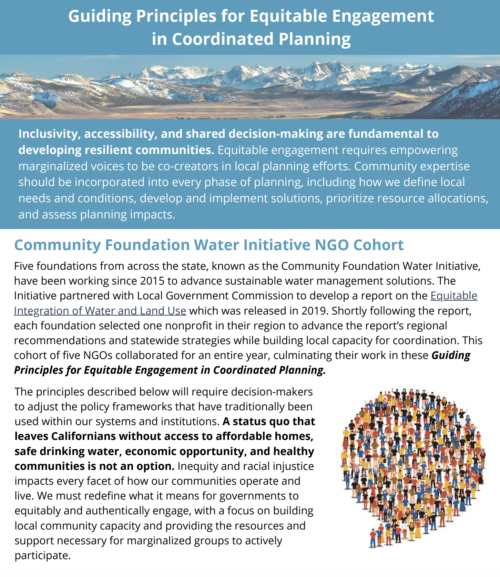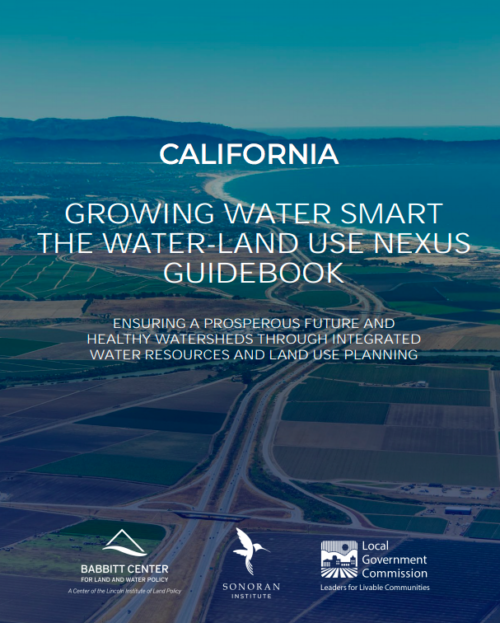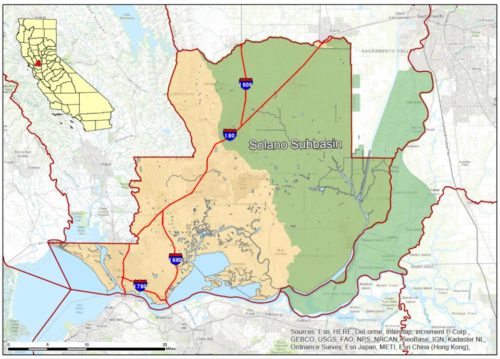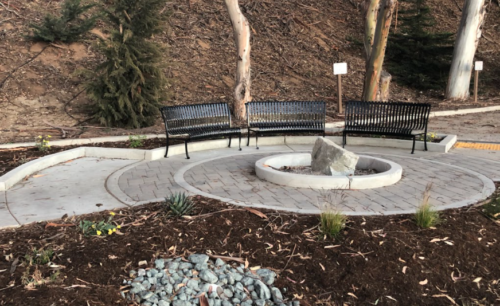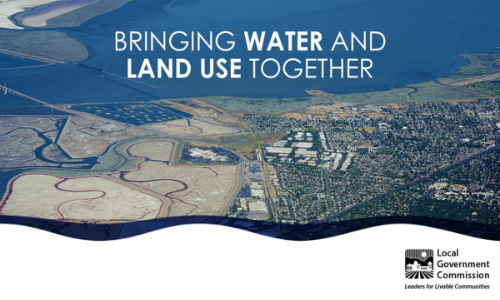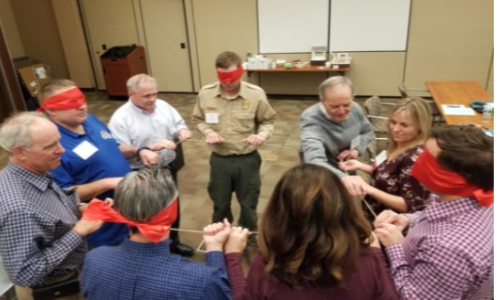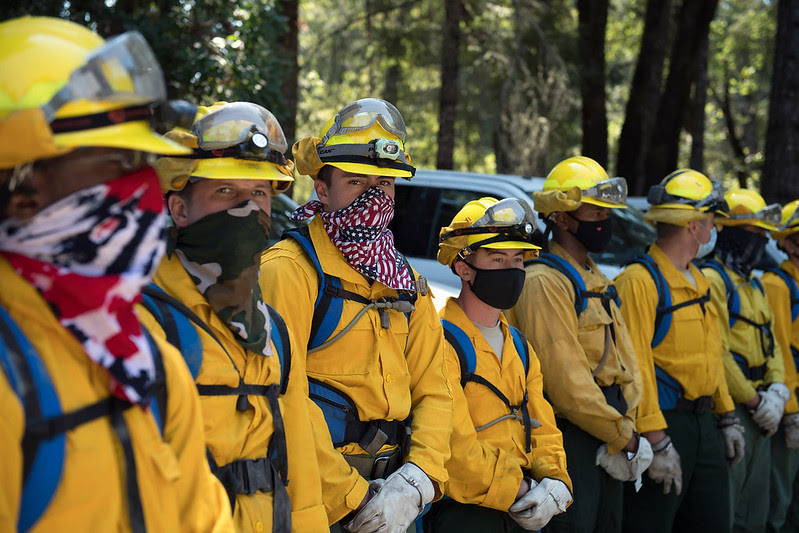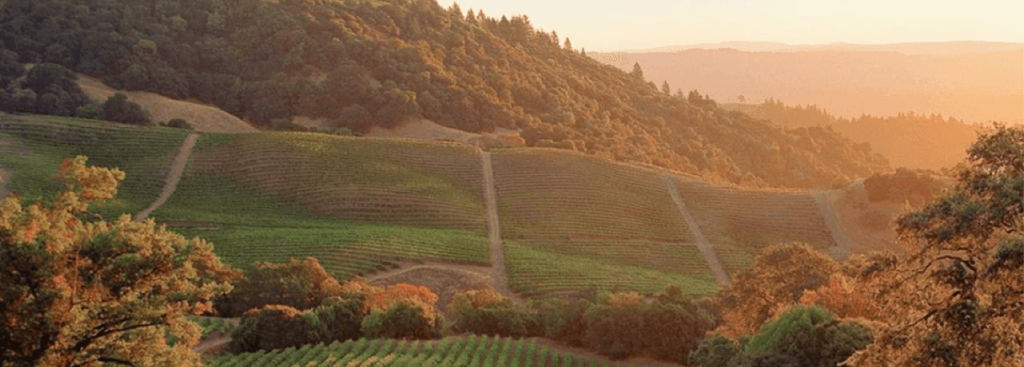California cannot afford to waste or pollute its limited water supply.
We envision a California in which local water management is characterized by innovative, holistic approaches that ensure the resilience of our natural systems while enhancing the vibrancy of our built communities. LGC’s water work is approached through a water/land use nexus lens and is informed by the Ahwahnee Water Principles.
Our water team strives to increase the level of social justice in partnership with allied organizations, community members, and equity experts. We recognize that each community is unique, as are their water management issues. For each community in which we work, we evaluate the historic barriers to engagement and develop an engagement strategy to best meet the needs of the community.

